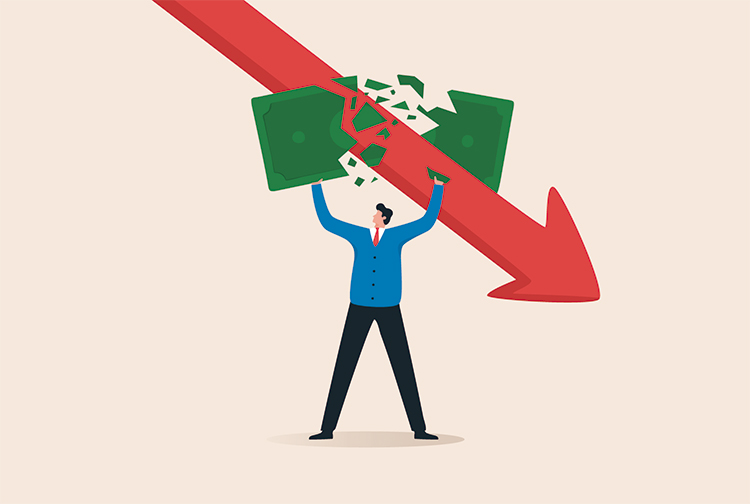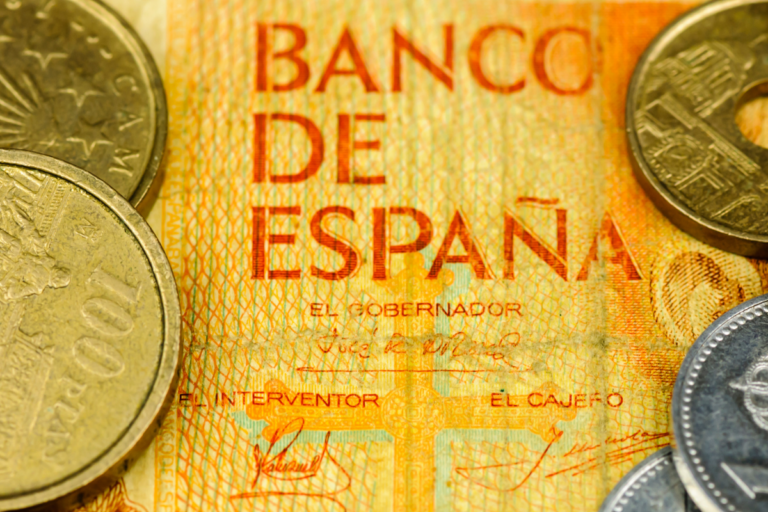

Stock buybacks: good management or manipulation?
For years, stock buybacks by large companies, especially financial institutions, have been the norm. These operations can bring legitimate strategic benefits, but they can also be used to disguise accounting results and manipulate stock prices.
For most of the 20th century, share buybacks were considered illegal because they were believed to be a way of manipulating the stock market. It was in the 1980s that neoliberal policies allowed share buybacks to become one of the most popular financial engineering tools.
What is a stock buyback?
A share or stock buyback is a financial transaction whereby a company buys back its shares and redeems or disposes of them. The company’s overall financial position does not change, but by reducing the number of outstanding shares, each shareholder’s stake in the company increases.
Companies often argue that they do this in order to give value to shareholders, since this activity can increase the share price. In some cases, share buybacks can be used to prevent a shareholder or group of shareholders from acquiring sufficient shares to take control of the company.
Another advantage of share buybacks for shareholders is that, unlike dividend remuneration, as it is an indirect remuneration to shareholders this transaction has no tax implications unless they choose to sell the shares, in which case they would be taxed if they realised a capital gain. On the other hand, while the dividend is a distribution of past profits, when a share buyback materialises, it is in anticipation of future profits.
Potential market manipulation
The problem arises when these buybacks are carried out not to genuinely improve the financial situation of the company, but to make the shares look more attractive to short-term investors or to reward the managers of these companies who have bonuses linked to share performance.
This practice has become widespread and has overtaken dividend payouts, especially in the United States, where many corporations have prioritised short-term returns to management and shareholders overinvestment in the company’s future. One of the clearest examples of the negative consequences this business strategy can have is the crisis facing the Boeing company, where in a recent US Senate hearing its executives were accused of ‘strip-mining’ the company for profit.
Financial institutions have been one of the sectors that have made the most use of this practice, especially after the 2008 financial crisis and after many of these institutions were bailed out with public money. Stock buybacks have been financed by using accumulated profits or, in some cases, by increasing debt. Often, these operations are carried out at the expense of access to credit for businesses and consumers, improved services to customers, higher salaries for employees or through job cuts.
Critics also point out that stock buybacks distort market reality. Under the pretext of increasing shareholder returns or attracting new shareholders, buybacks can be used to disguise companies’ accounting results and artificially increase share prices, which should reflect their real economic situation. The need for strong regulation and transparency to prevent malpractice is obvious, yet the process of extracting value from capital seems likely to remain focused on short-term profit and to the detriment of productive investment.
Fund lawsuits against banks. Get justice and returns on your savings above inflation thanks to the compensation the banks will have to pay. All the information about Litigation Funding can be found at 11Onze Recommends.




